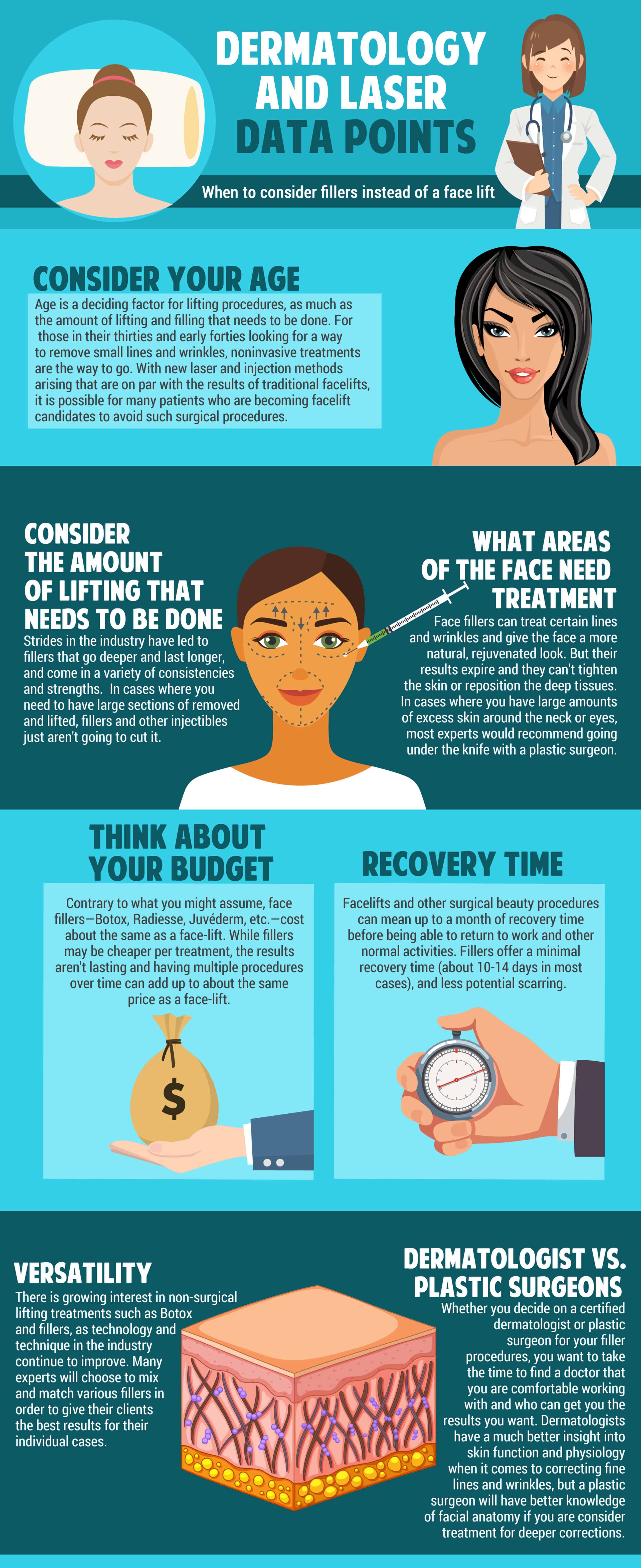Drastic Modifications In Your Child'S Behavior Might Suggest Vision Problems; Discover The Signs That Call For An Eye Exam To Ensure Their Appropriate Growth
Drastic Modifications In Your Child'S Behavior Might Suggest Vision Problems; Discover The Signs That Call For An Eye Exam To Ensure Their Appropriate Growth
Blog Article
Written By-Blaabjerg Miles
As a parent, you play a critical role in your youngster's health, particularly when it involves their vision. You could see certain actions that can signify a requirement for an eye exam. Scrunching up your eyes, regular eye massaging, or complaints of headaches can be more than just small annoyances. Understanding these indications is essential for your youngster's advancement. So, what should you try to find following? Let's check out the typical symptoms that can indicate a vision problem.
Common Signs of Vision Problems in Children
When you notice your youngster dealing with day-to-day activities, it could be a sign of vision troubles.
Seek signs like scrunching up your eyes, massaging their eyes regularly, or turning their head to see far better. If they've difficulty analysis or appear to lose their area typically, that's an additional indication.
You could likewise see them complaining regarding headaches or experiencing eye stress after prolonged periods of analysis or making use of displays.
Additionally, if your youngster stays clear of activities that need great vision, like sports or drawing, it deserves taking note of.
Look for any kind of uncommon behavior, as these indications can indicate underlying vision issues that need professional evaluation.
Early detection can make a large distinction in their visual development.
Age-Specific Vision Milestones to Display
Every parent should keep an eye on their youngster's vision growth as they expand.
At around 6 months, your infant needs to begin tracking moving things. By https://www.webmd.com/eye-health/ss/slideshow-laser-vision-surgery , they must have the ability to focus on and identify familiar faces.
In between 2 and 3 years, try to find renovations in hand-eye coordination, like stacking blocks or throwing a sphere.
By age 4, youngsters need to be able to identify forms and shades, and they may start to recognize letters.
If your child deals with these turning points, it's important to bear in mind. Monitoring their progress aids you catch potential problems early, ensuring they receive the vision care they need for a bright future.
Keep aggressive regarding their vision health!
When to Arrange an Eye Test for Your Youngster
Checking your child's vision development is very important, but understanding when to set up an eye exam is equally as important. The American Academy of Ophthalmology recommends your kid have their very first eye test at six months old.
Afterwards, routine follow-ups at age three and again prior to they begin school. If your kid reveals signs of vision concerns-- like squinting, difficulty reading, or frustrations-- do not await the next set up appointment.
Additionally, if there's a family history of eye problems, positive tests are important. Watch on any kind of modifications in their vision or actions, and trust your instincts.
Regular exams can assist capture possible problems early, guaranteeing your youngster has the best chance for healthy sight.
Final thought
In conclusion, staying sharp to your child's aesthetic routines is crucial for their eye health and wellness. If you see any indicators like squinting, eye massaging, or difficulty with analysis, don't wait to arrange an eye test. Remember, very early detection can make a significant distinction in their visual growth. Youth Glasses on your reactions as a parent, and ensure your child gets the care they require to grow. Routine check-ups can aid keep their eyes healthy and balanced for many years ahead.
